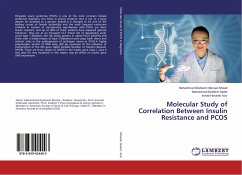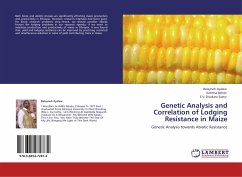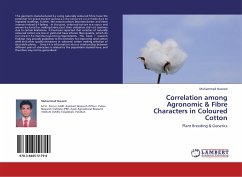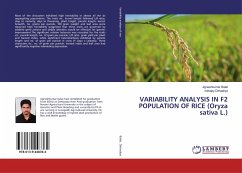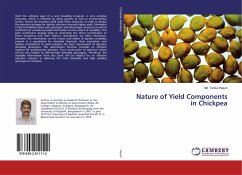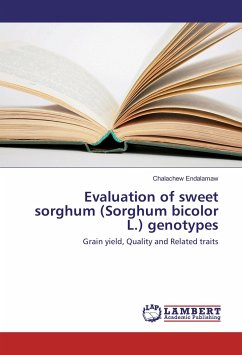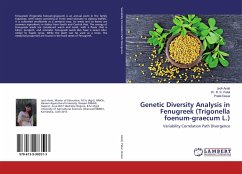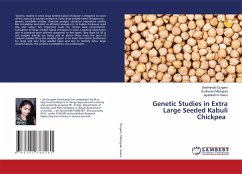Polycystic ovary syndrome (PCOS) is one of the most common female endocrine disorders, but there is strong evidence that it can to a large degree be classified as a genetic disease.It is thought to be one of the leading causes of female subfertility and the most frequent endocrine problem in women of reproductive age.Women with PCOS are more insulin resistant, and up to 40% of these patients have impaired glucose tolerance. They are at an increased (3-7 times) risk of developing early-onset type 2 diabetes, the risk being greater in obese PCOS patients and those with a family history of type 2 diabetes.Insulin plays both direct and indirect roles in the pathogenesis of androgen excess in PCOS.A highly polymorphic stretch of DNA lying 360 bp upstream of the initiation of transcription of the INS gene called Variable Number of Tandem Repeats (VNTR). There are three classes of (VNTR) in the insulin gene (class I ,class II and class III) .Any mutations in this region may be effect oninsulin gene (INS) expressions .
Bitte wählen Sie Ihr Anliegen aus.
Rechnungen
Retourenschein anfordern
Bestellstatus
Storno

